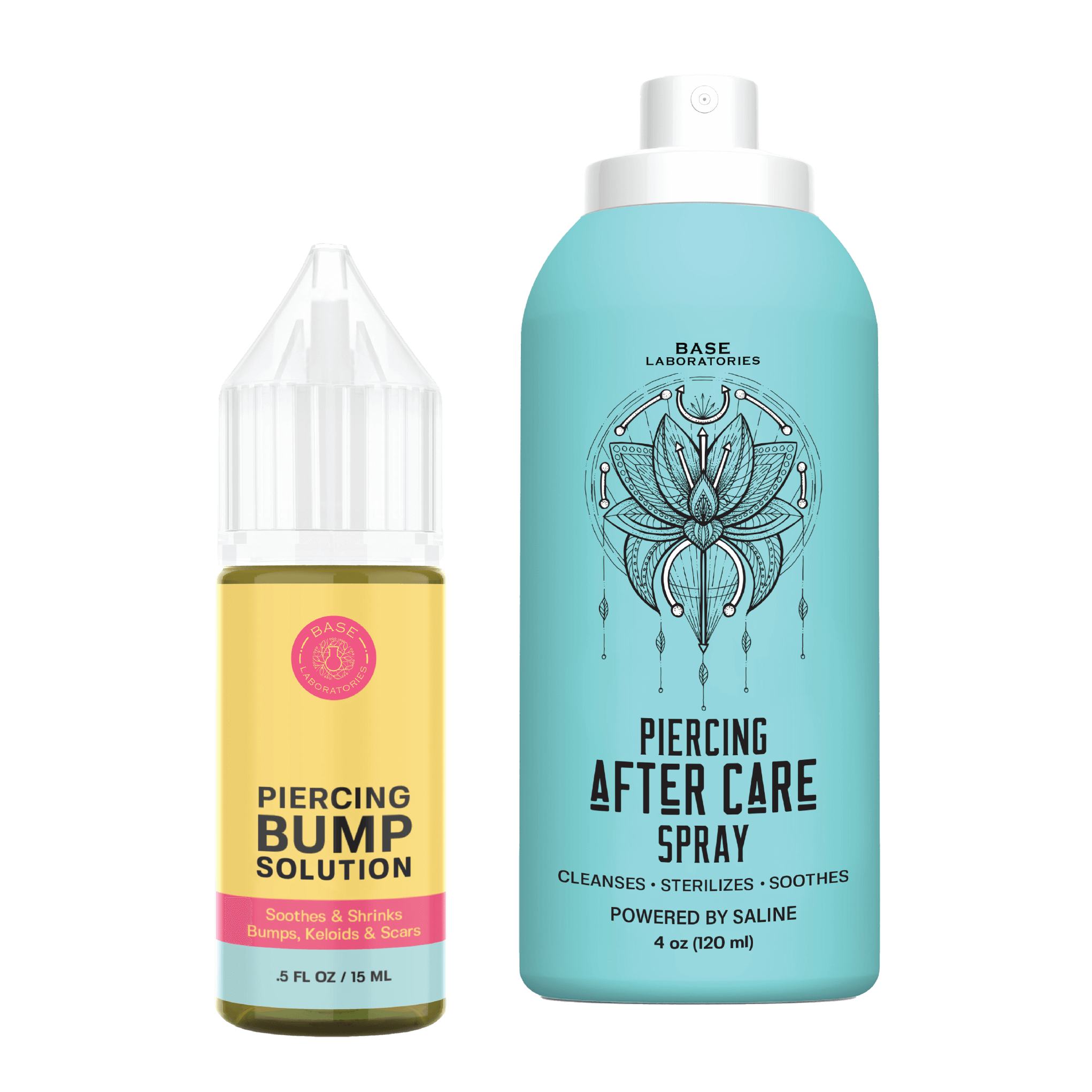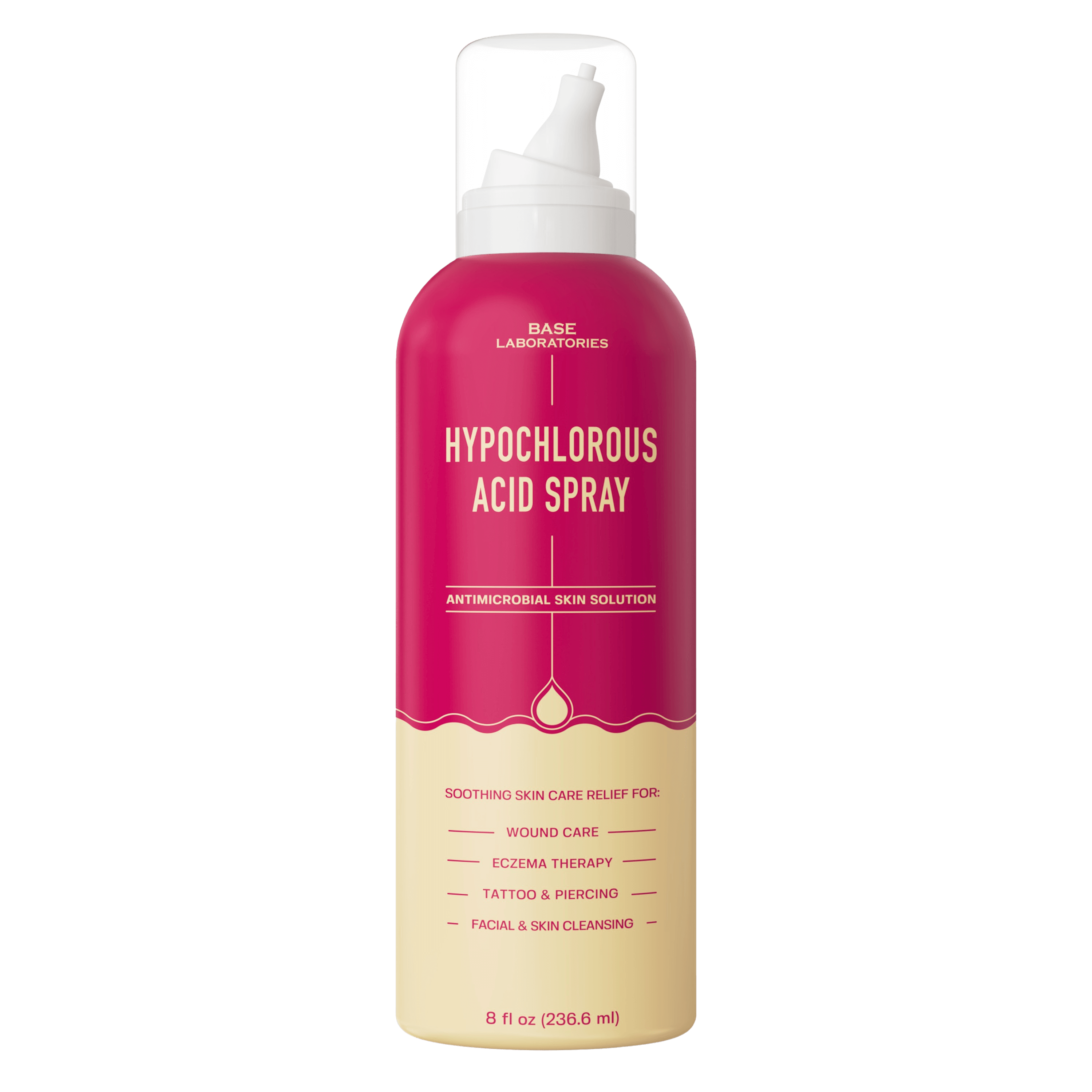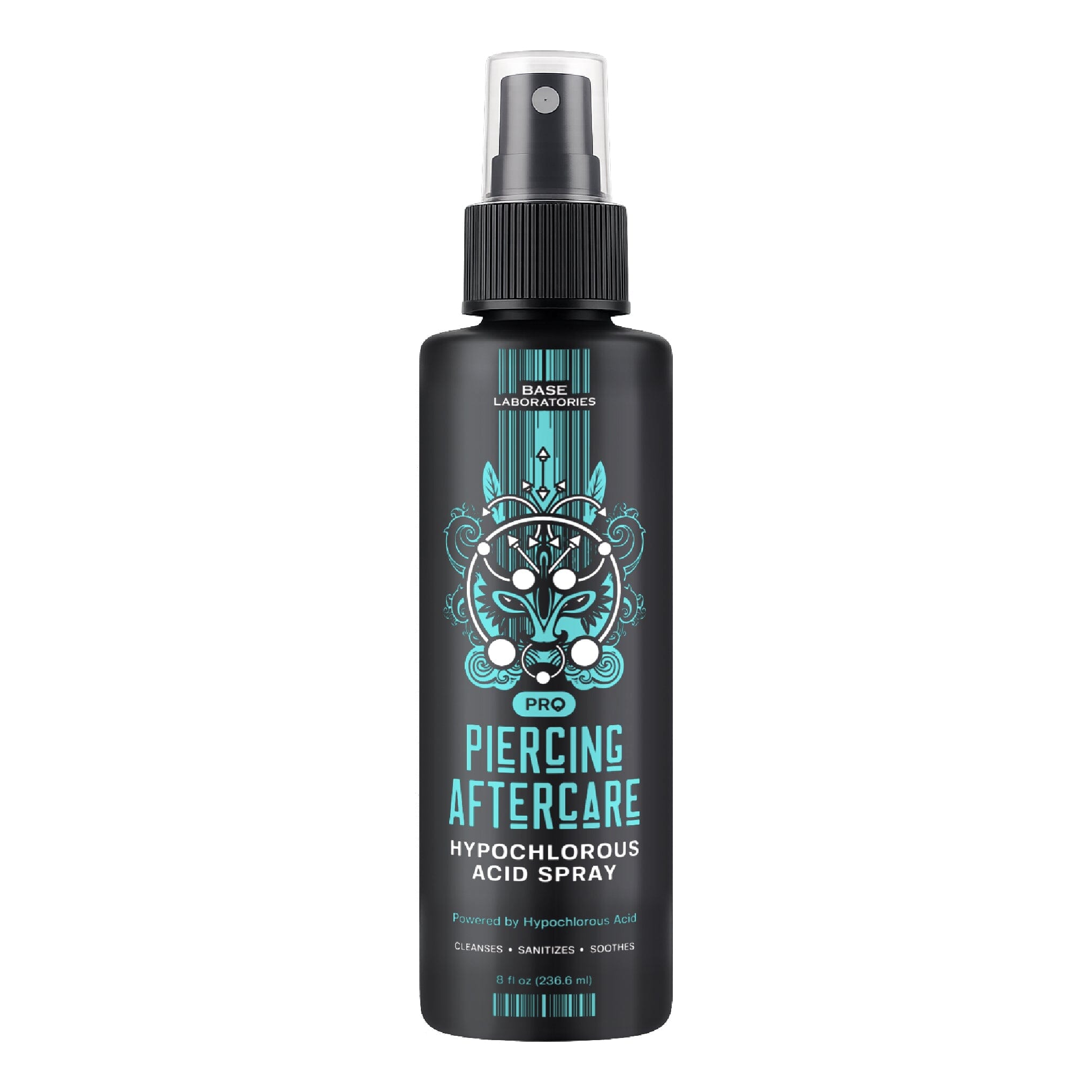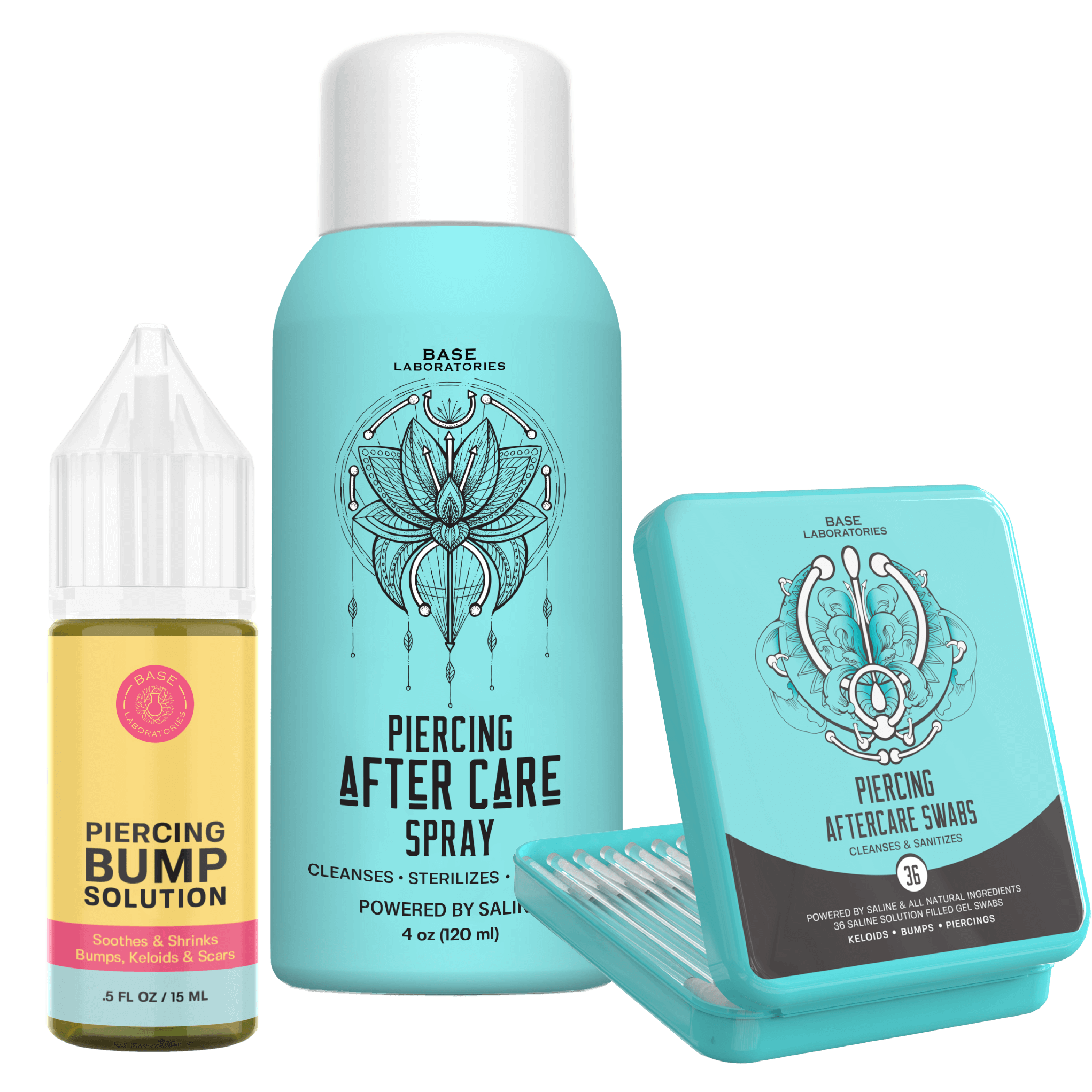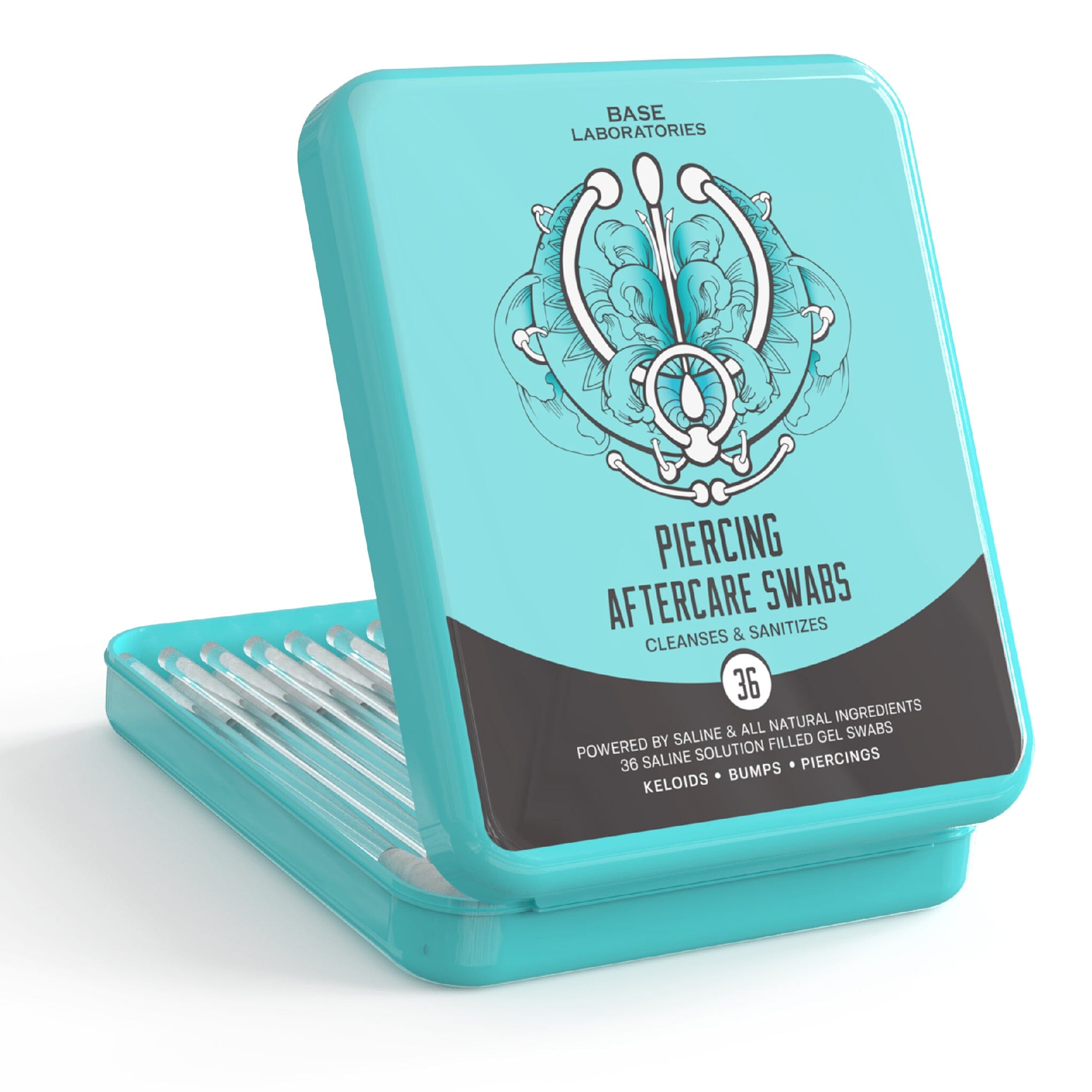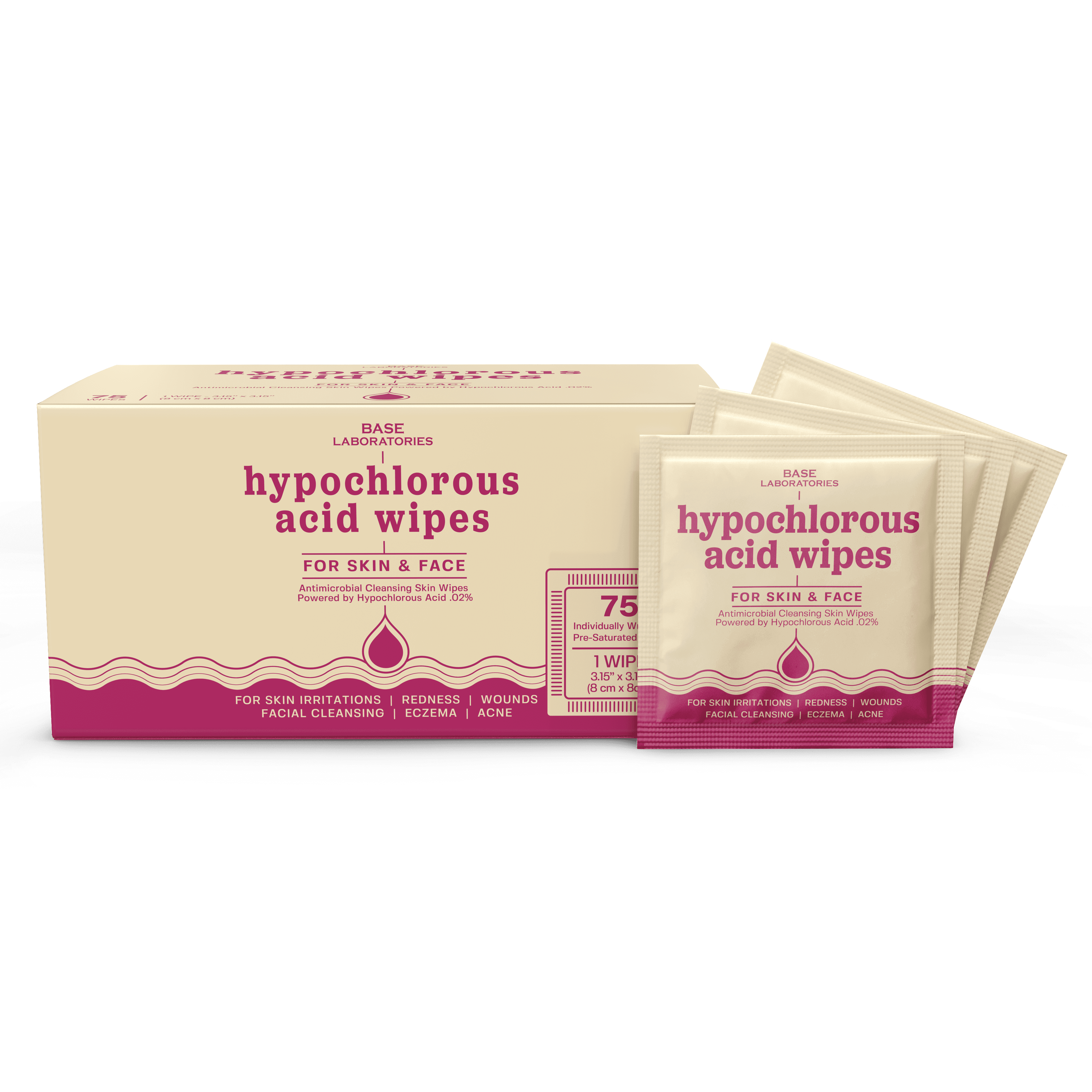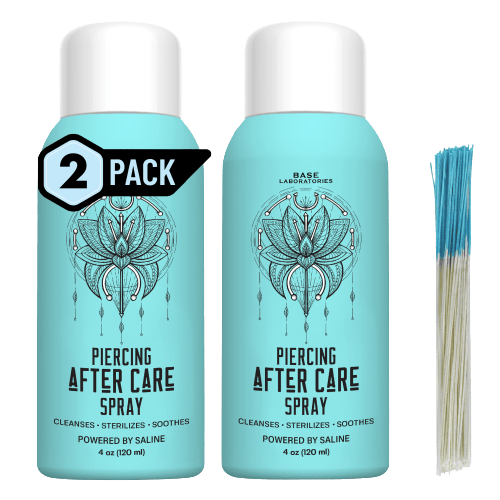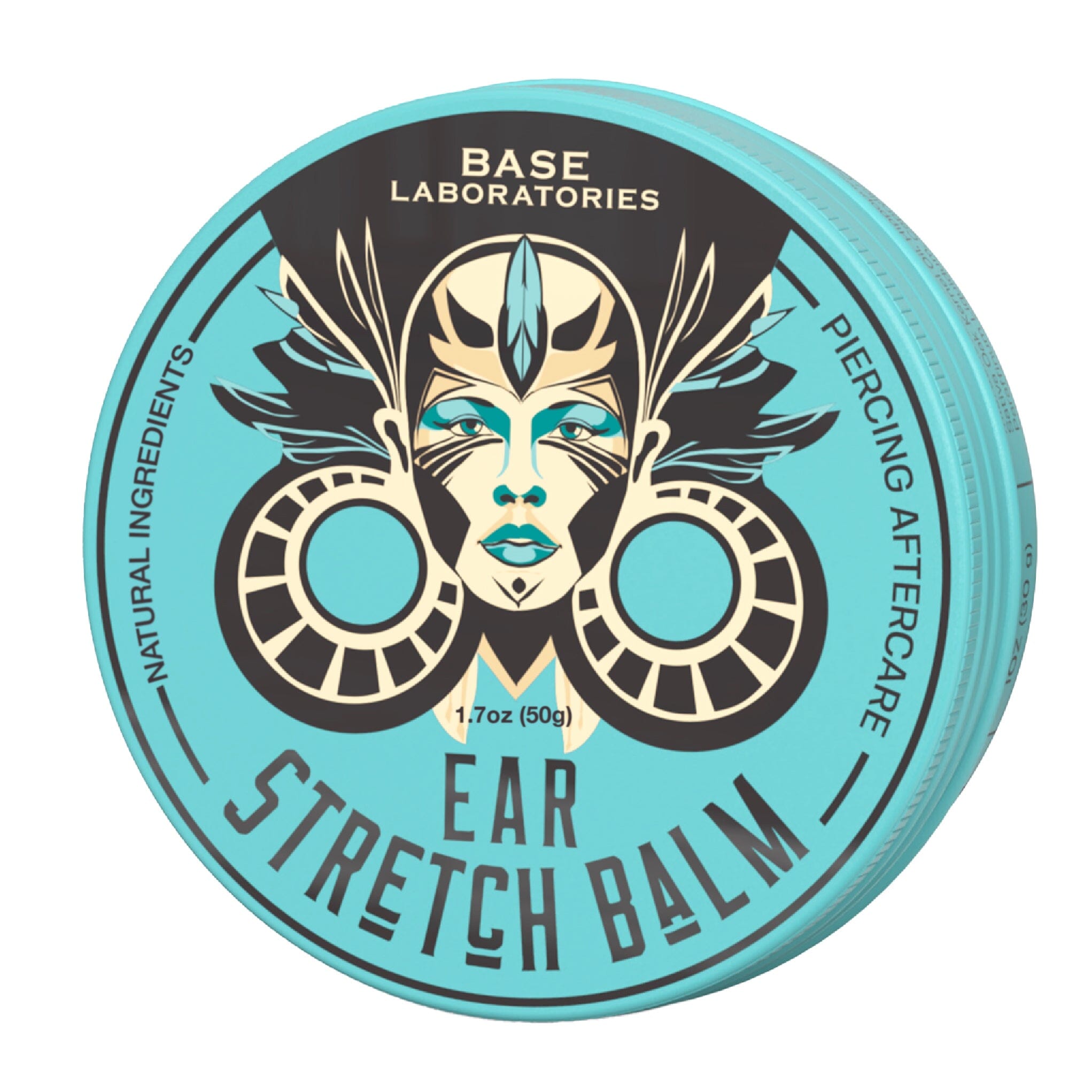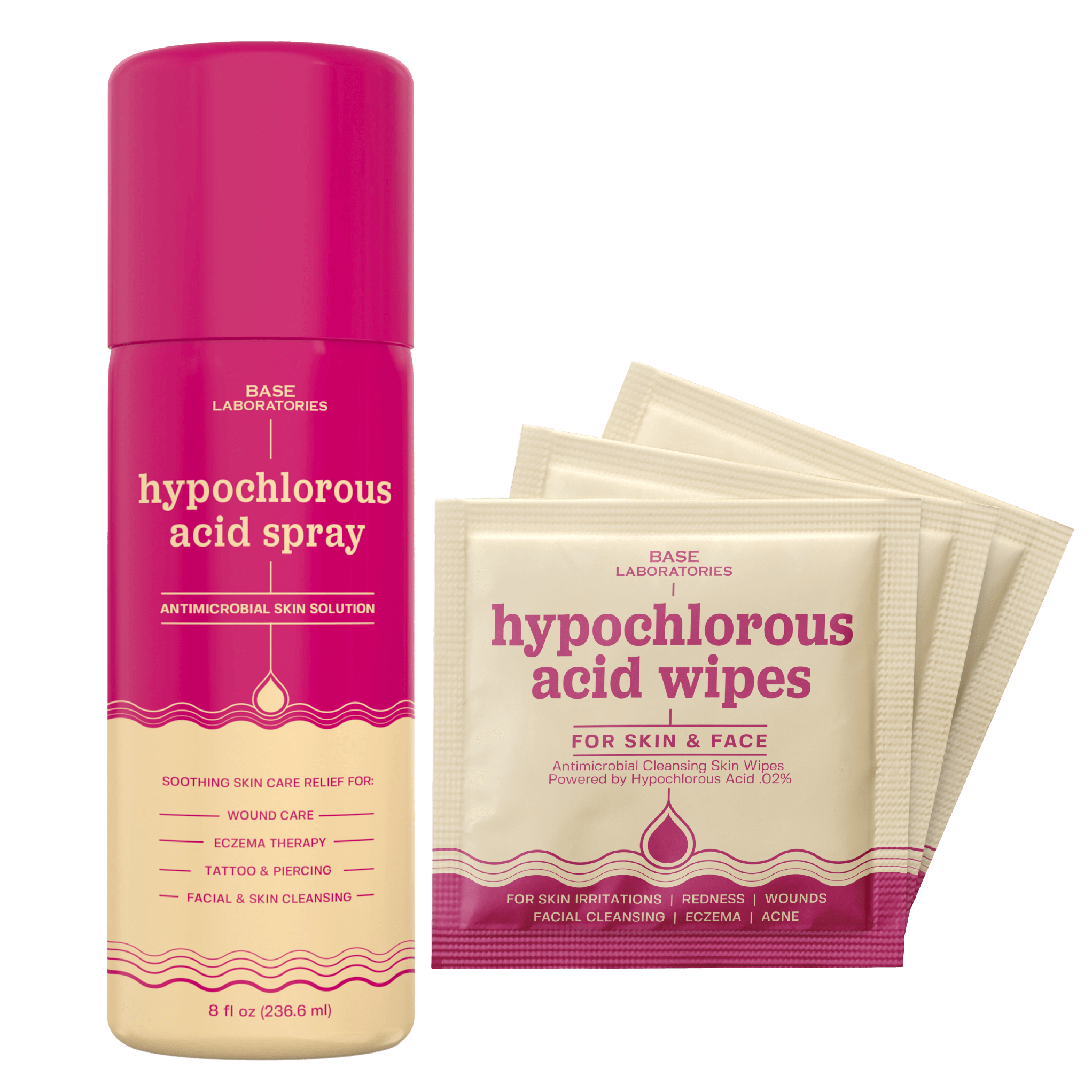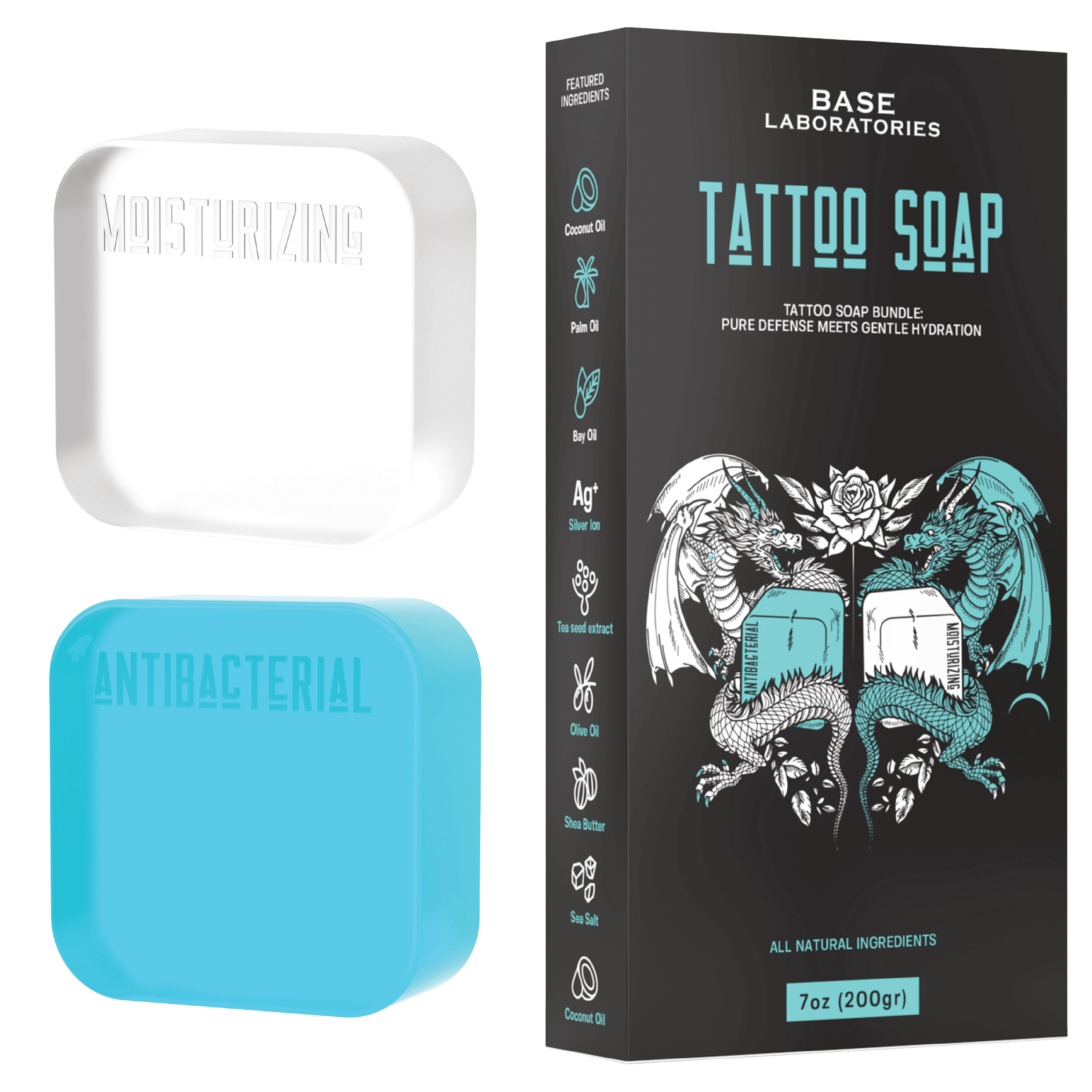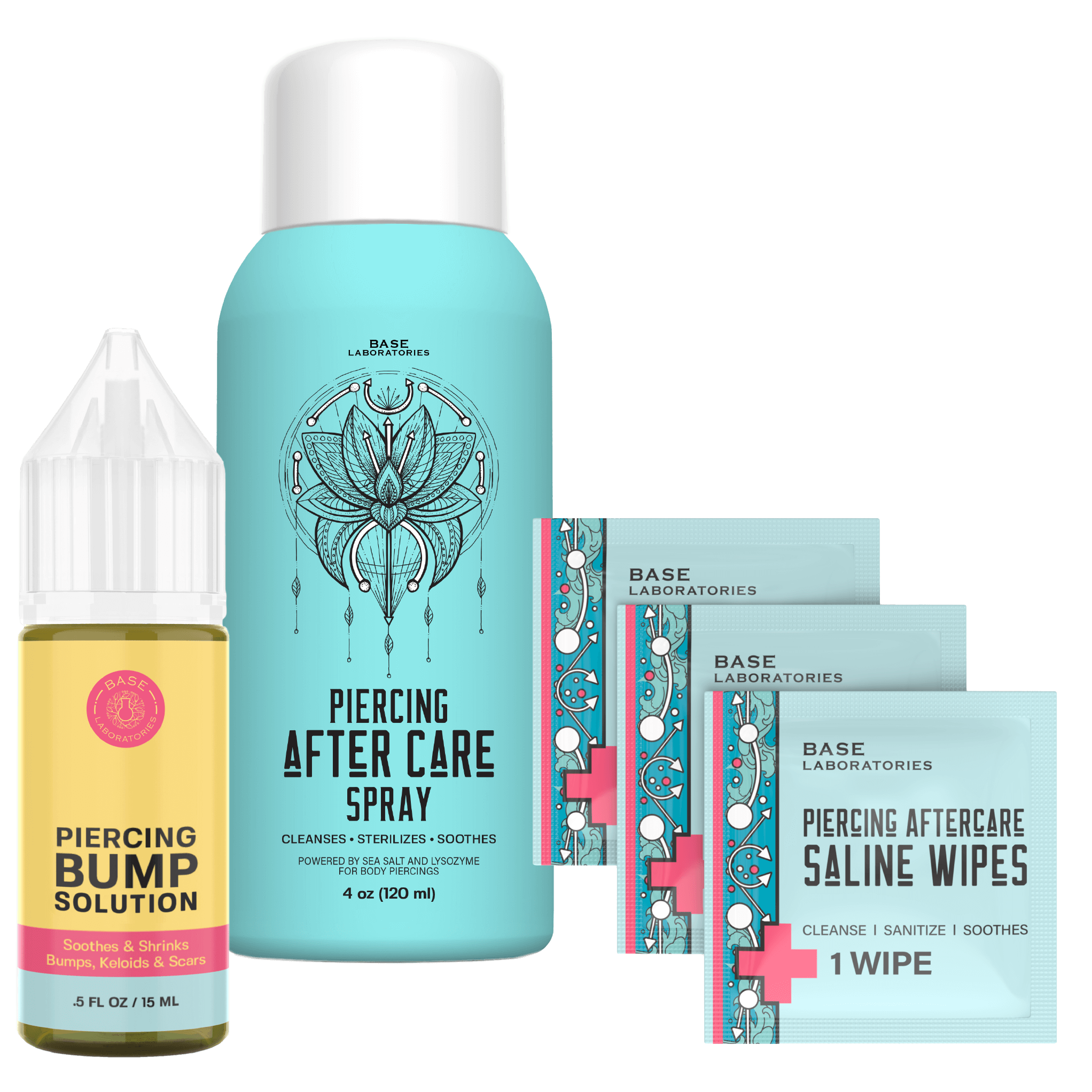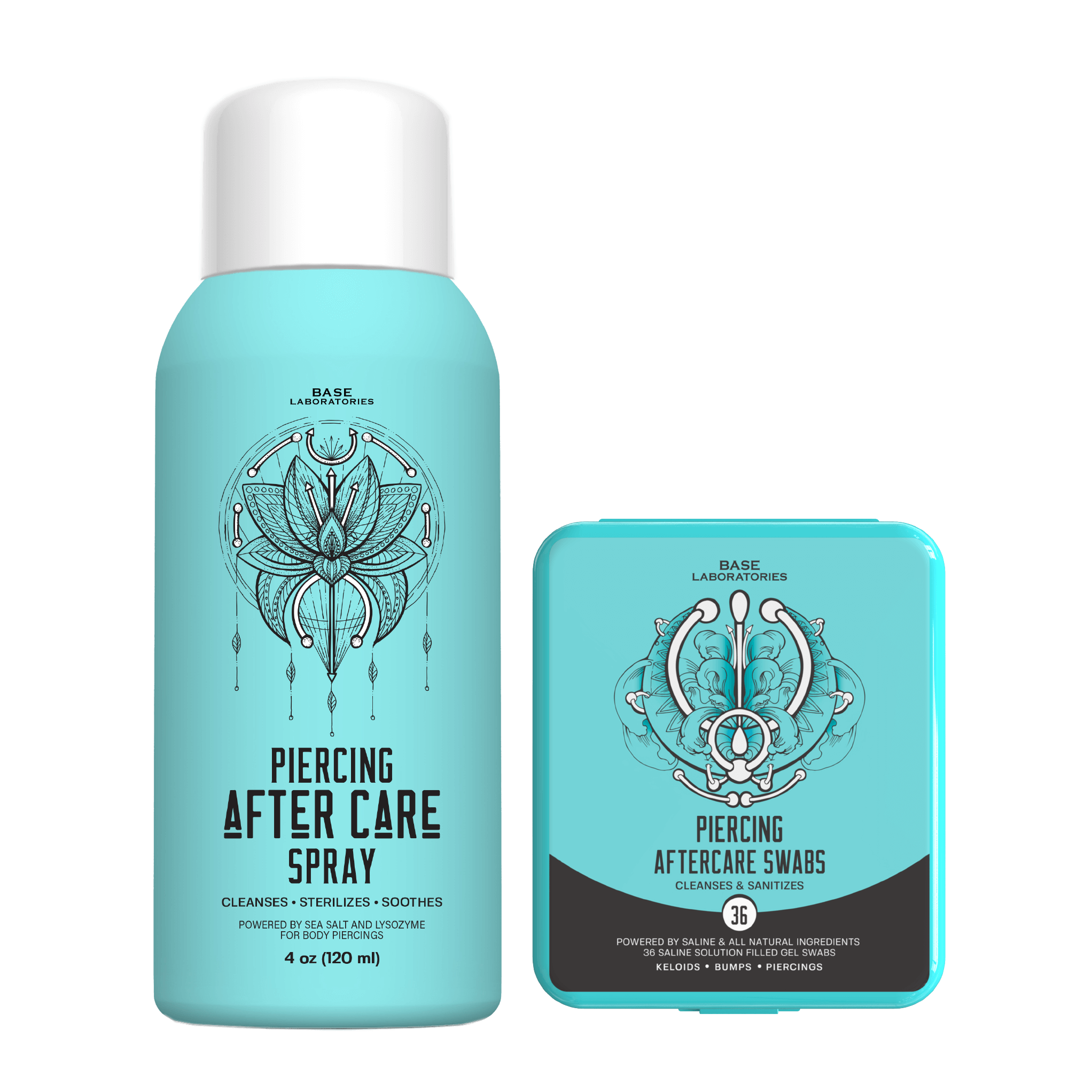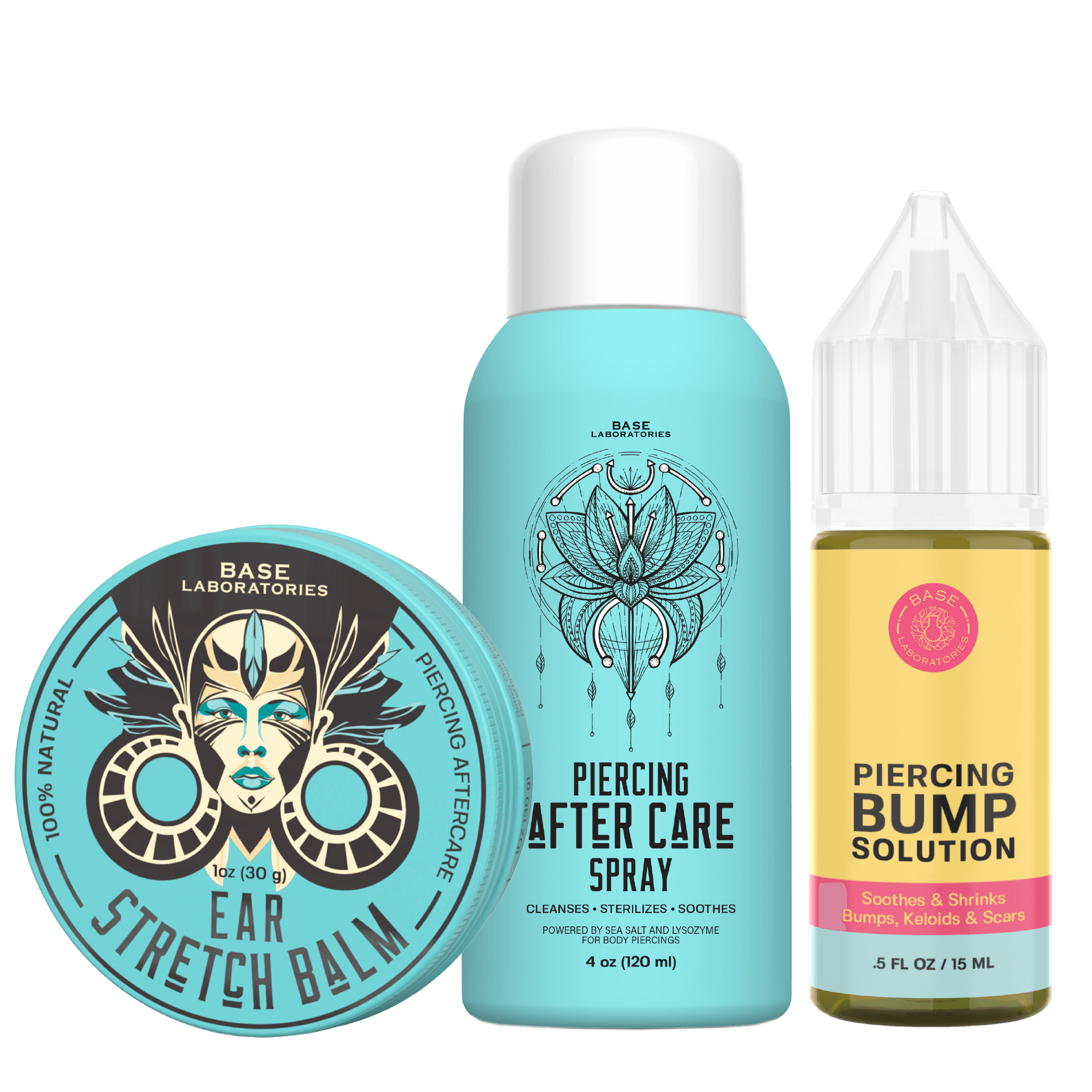Everything you want to know about Snake Bite Piercing
The snake bite piercing is distinguished by its dramatic appearance; two sizable piercings are seen just below your bottom lip. The name of the piercing is derived from the appearance it gives you: as if a snake bit you right there or as if you have snake fangs!
Here are some things you should know about snake bite piercings before visiting your local favorite piercing parlor.
The snake bite piercing looks like its namesake; the two piercings are positioned to resemble snake fangs or what a snake bite could resemble. They are located on either side of the lower lip.
The snake bite piercing, which consists of two piercings below the bottom lip and equally spaced from the middle of the chin, is sometimes mistaken for other lip piercing varieties like the spider bite or Dahlia piercing.
It's crucial to know exactly what you want before sitting down in the piercer's chair because the snake bite piercing has a seductive aesthetic but differs significantly from other piercings it sometimes gets confused with.
How is this piercing done?
Every piercing consultation starts with a discussion of the piercing and the jewelry you want. Additionally, you'll be need to complete certain documentation, including a waiver.
Here are the next stages after that:
- The skin around your lower lip will be cleaned by the piercer.
- To get rid of any bacteria, you'll rinse your mouth with an antibacterial mouthwash.
- After marking the piercing locations with a body-safe marker, they'll ask you if you're satisfied with the placement.
- Your bottom lip will be pulled down and away from your teeth and gums using a clamp.
- After that, they'll insert a needle inside your lip. The jewelry will then be inserted and secured before they move on to the piercing on the opposite side.
- The area will be thoroughly cleaned once more by your piercer.
Pain And Healing Time
Many people who have had the snake bite piercing state that the first few days are the most uncomfortable. The lips typically expand more than other places that are frequently pierced, which causes some discomfort and throbbing. The snake bite piercing frequently experiences greater swelling than usual, obstructing speech and making it challenging to eat because there are two new piercings healing on either side of the lower lip.
Similar to the labret piercing, snake bites recover within 6 to 8 weeks. The snake bite piercing is more prone to complications, which can slow healing because you will need to take care of two healing punctures.
Aftercare
There are four specific factors to caring for your new snake bite piercings in the best way.
R-I-C-E: You may be familiar with this mnemonic acronym for exercise-induced injuries, but a slightly modified version also applies to oral piercings—significantly reducing the risk of long-term complications and the immediate aftereffect of swelling and pain.
“R” stands for “rest,” which serves as a reminder to refrain from using your mouth as much as possible. For instance, refrain from giving a presentation the next day. You run the risk of swelling, pain, and being hard to understand if you don't give your piercing sites—and consequently, your bottom lip—a chance to rest.
“I” is for “ice.” The frontal piercing site can be relieved by carefully placing an ice pack or another frozen, contained item on your outer lip. Try sucking on an ice cube to relax the inner region as well.
“C” is for “clean,” as in, maintain good oral hygiene to protect your body jewelry. After each meal, gently brush your teeth and make an effort to rinse with saline solution or, once it has fully healed, mouthwash.
“E” stands for “elevation.” To assist reduce swelling, try sleeping with a few pillows behind your head. Ibuprofen is one over-the-counter, non-steroidal anti-inflammatory drug that can be used to treat pain and swelling.
As long as you follow aftercare recommendations, they're usually safe. You need take into account a few more factors as well for healing lip piercings.
They do carry some risk, though, as with other piercings. Call your piercer or a medical professional right away if you see any indications of an infection.


